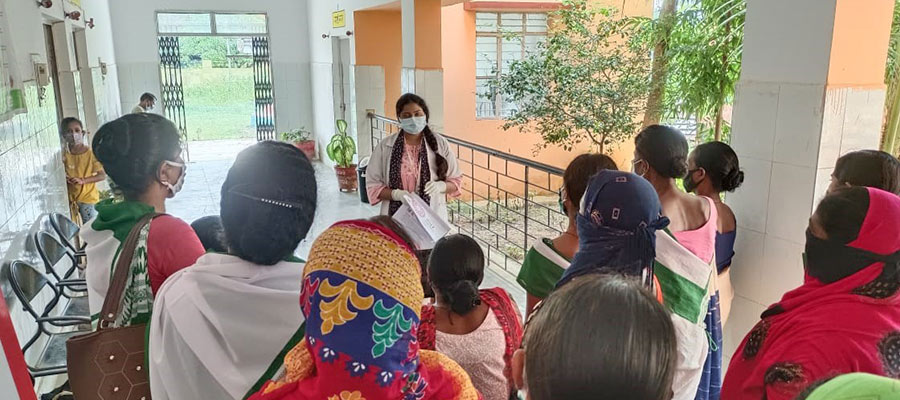Cervical cancer is emerging as a major cause of cancer-related deaths amongst women, globally. Over 25% of the global burden of this disease comes from developing countries. Each year, more than 5.5 lakh women across the world are diagnosed with cervical cancer, and a quarter of these cases – roughly 1.2 lakh – are from India.

The good news is that cervical cancer is preventable and can be cured, if it is detected early and managed with the right treatment protocols.
Cervical cancer mainly develops from sexually acquired infections, which are marked by certain types of the Human Papilloma Virus (HPV). From among 100-odd sub-types of HPV, at least 14 are known to be cancer-causing, with two of these being predominantly responsible for 70% of cervical cancer cases.
Typically, all women who are sexually active get infected with HPV at some point in their lives. In most cases these infections go away on their own within a few months. In a small segment of infected women, however, infections with specific high-risk types of HPV can persist and develop into cervical cancer, over time.
Other risk factors for persistent HPV that develops into cervical cancer, include smoking, early marriage, multiple pregnancies at a young age, engaging with multiple sexual partners, infection with other sexually transmitted agents, and long-term use of oral contraceptives.
To address the growing incidence of cervical cancer in India, we must start engaging with women early in their lives. For this, adolescents must be made aware of the various risk factors that could lead to cervical cancer, and the healthy life practices they should adopt to mitigate this risk.
At the same time, women who are 30 years or older need to be regularly screened for signs of cervical cancer as a precautionary measure. The good news is that screening techniques are inexpensive and accessible, and can easily detect abnormal to pre-cancerous lesions. With regular screening tests, it is also possible to detect cervical cancer in women in the early stages, and this can help save more lives.
We have updated our policy. By continuing to browse this website, you agree to our privacy policy and the use of cookies on the website.